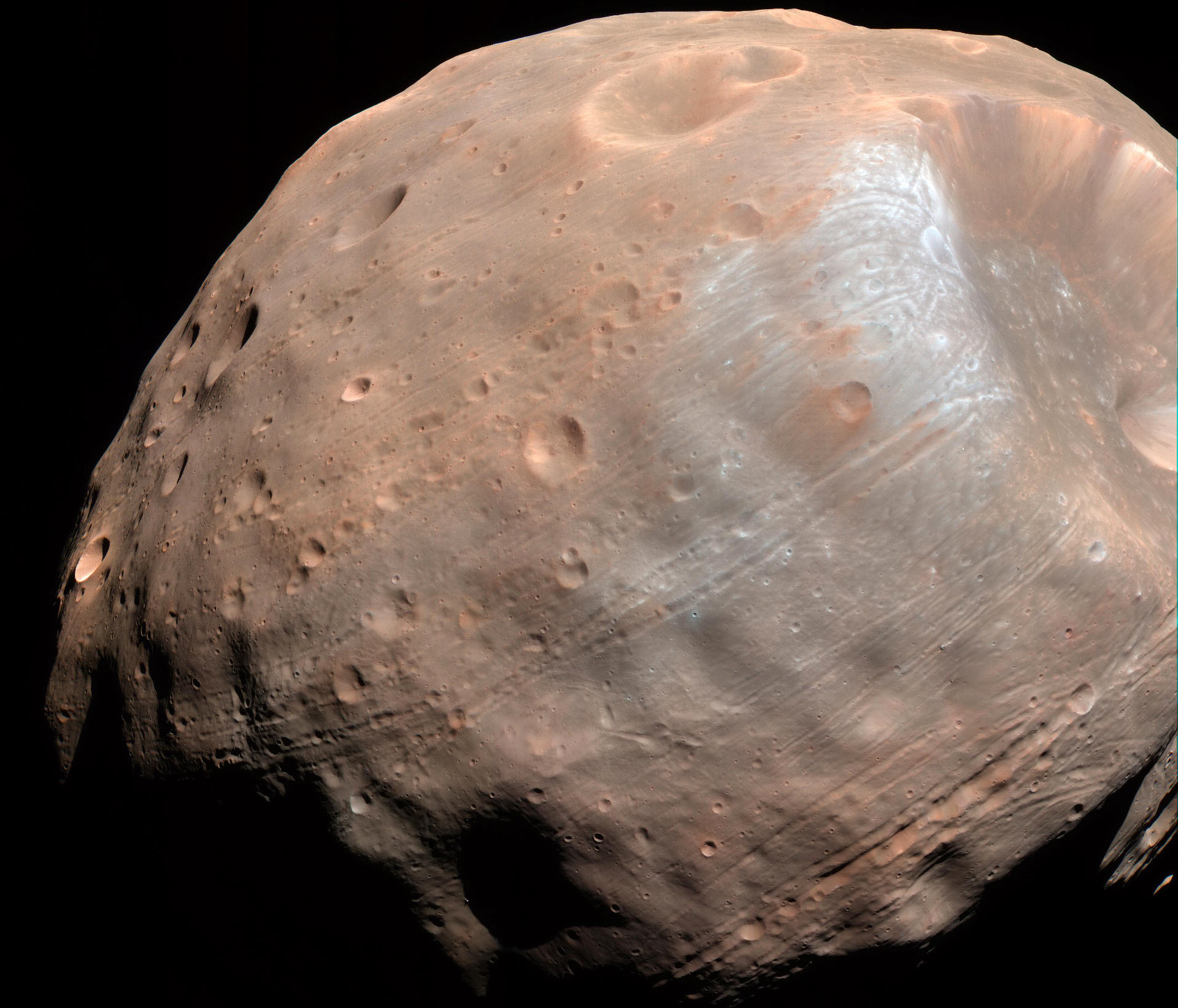
Each of the ~4B 32-or-fewer-bit or Azimuth identities, namely planets, stars, and galaxies, may spawn ~4B 64-bit child identities known as moons. Moons are the undeveloped wild outback of Urbit, with a story waiting to be told that promises to be as enormous in scale as the cloud personal computing story told by planets, and possibly even more so.
Throughout this piece, we use "Earth" and "Mars" in the Urbit sense. "Earth" refers to the current computing paradigm. "Mars" refers to the perfected computing paradigm that Urbit aspires to be, but also to the current and future state of Urbit.
Today we will review the prehistory of moons on Earth, give a snapshot of how moons are being utilized on Urbit in 2021, cover existing issues with consumer IoT and how Urbit resolves them, and speculate what the lunar locus of the Urbit ID address space may become in the future. To keep the futurist scope limited, we primarily speculate on the usage of moons in (industrial) internet of things settings, especially with respect to agriculture, and how they may manifest as the workhorse collection unit of decentralized data markets.
For those unfamiliar, moons differ from all other ships in that they are not independent identities with total sovereignty over their data and keys. Instead, their cryptographic keys are issued and controlled by their parent identity. The relationship between the keys of a parent ship and its moons are analogous to the relationship between primary keys and subkeys in a system like PGP. The parent may revoke or change its child moons' keys at any time. A typical relationship between a planet and a moon may be like one of a human and their smartphone. If you lose your phone, you don't want someone to pretend they are you, operating one of your moons, on the network. The planet can revoke the keys, and the moon stored on the phone becomes inert, no longer able to communicate with the network. While planets and stars also depend on their sponsor to assist with peer discovery and software updates, these relationships rely on mutual agreement, since either party may choose to discontinue the relationship and establish a new one elsewhere. Moons possess no such freedom.
Lunar prehistory

It may come as a surprise to you that you are already very familiar with moon identities—they've just never been explained as such because the context in which that terminology makes sense didn't exist before Urbit. Moons, in fact, are not a new concept at all. Virtually your entire experience of the internet in the modern era is the experience of someone who possesses some number of moons subordinate to planets who mostly refuse to talk to one another. The feeling you get of constantly moving between silos, juggling accounts, not controlling your own data, etc., is a direct result of the fact that, on Earth, you only possess moons. No planets.
We're speaking, of course, of the client-server relationship. From the Urbit perspective, the Facebooks, Twitters, and Googles of the world are planets, and accounts held with these services may be thought of as moons subordinate to those planets. Your account with these megacorps is only yours for as long as they please. If you happen to step on a digital landmine, such as a virus that causes Google's servers to believe you are a bot, you are suddenly banned from their service, often with no recourse. All your data, your connections, your network—vanished. We are all Mark Zuckerberg's moons, and they're armed to the teeth with surveillance equipment.
There are two classes of internet users: those with servers who hold all the power, and clients who use those servers in the way prescribed by the owners. Running a server is theoretically accessible to anyone, but practically difficult: server maintenance is a technical endeavor that requires specialized knowledge and substantial time investment. Other barriers exist beyond just the technical: for instance, if you wish to set up your own email server, you will probably be blocked by large providers because unknown email servers are almost always spam. The root cause of this circumstance is that the email protocol lacks Sybil resistance. Urbit has Sybil resistance built in, eliminating certain kinds of incentives for gatekeeping such as this.
We seek to level the playing field by giving everyone a server. We accomplish this by making the process of running your own server (planet) as easy as running your personal computer today. We aren't quite there yet, but we've made leaps and bounds over the past couple of years.
Of course, this analogy isn't perfect—Urbit moons are servers themselves, but as they may only act in accordance with the wishes of its parent, they are effectively as locked in degrees of freedom as a client is to a server. The moon's keys may be revoked at any time by the parent. To distinguish these prehistoric moons from Urbit moons, we will refer to them later as "primitive moons".
Urbit contends that moons are not the appropriate digital exocortex for a responsible adult. They are for devices, experiments, or your children. We hope that the dominant server-client relationship, which is the primary weapon of the surveillance-industrial complex, will meet its end in the near future.
Moons in the early Martian era
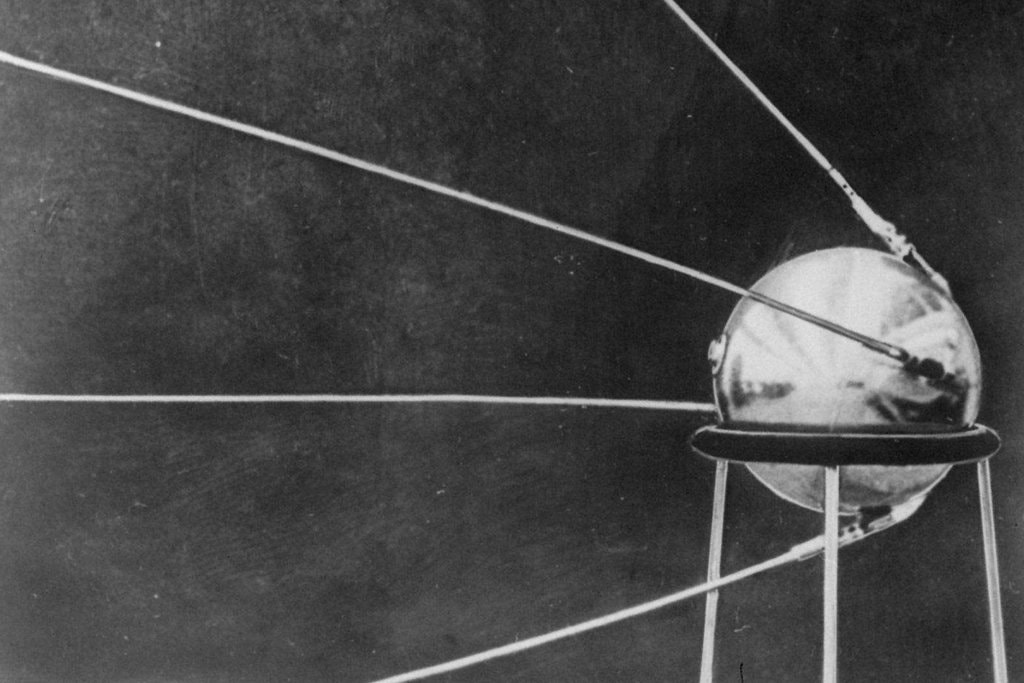
In 2021, moons are mostly unused on Urbit. There's a smattering of minor use cases which we'll describe here, but they represent only a tiny fraction of their ultimate potential.
Tlon recently launched a survey bot called Eliza, which was
initially a comet. We frequently got questions on whether Eliza was actually
Tlon's bot, because it could just as easily be a malicious actor posing as Tlon.
We soon plan to relaunch Eliza as a moon of ~zod, which is the most
recognizable official galaxy of Tlon. This is to establish that the bot is
indeed official; only someone with access to ~zod is capable of creating a
moon of ~zod, and so a moon of ~zod automatically carries with it a
cryptographic guarantee that you are communicating with an official digital
representative of Tlon. On Earth something like this would need to be
accomplished with certificate chains but, on Mars, this sort of authentication
is baked into the very fabric of the network, rather than as an additional layer
on top. This is a very good representative case of how moons naturally inherit
the reputation of their parent, even in the absence of any formal reputation
systems on Urbit.
We see folks using moons as backup identities in case they can't or don't want
to access their primary planet for one reason or another. Again, since anyone
may verify the parent of a moon, the moon inherits the reputation of its parent.
These backups could be vanity identities—for instance, every ~sampel-palnet
has underneath it a moon named ~master-sampel-palnet1.
Some use moons to host group(s). Hosting a group inevitably means that that ship will process more network traffic, and a heavily trafficked group may impact a ship's performance. Thus one may wish to offload group hosting duties to a moon to maintain a more performant planet.
As we currently lack a real system for 3rd party software distribution (though see this recent developer call on a solution in progress), one stopgap has been to download software by syncing a foreign desk to your ship. This is risky, as buggy software may make break your ship and make it difficult to get running properly again. For this reason, testing new software on the livenet is frequently performed on moons, so as not to risk the parent ship if something were to go wrong.
Internet of Things
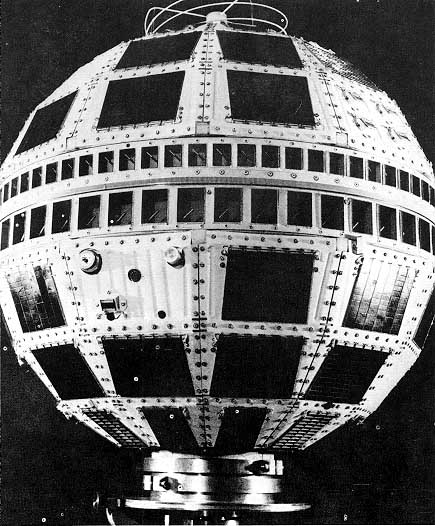
Now we start to look towards the future by examining the problems faced by IoT in the present and speculating on how Urbit might solve them.
The Internet of Things is much maligned by technologists as a privacy, security, and maintenance nightmare. These products usually depend on phoning home to perform their service, which is inevitably a funnel by which personal data is harvested, an attack surface for hackers to gain access to your home network, and a single point of failure which may render the device useless, all in one! One need look no further than the recent Ubiquiti breach to see all of these failure modes happening on a massive scale, and this is par for the course. This sort of dynamic is completely antithetical to the Urbit philosophy, so any involvement of Urbit with IoT will reject many fundamental assumptions on how IoT operates today.
However, it's important to understand why the current IoT model works like this at all. We posit that it ultimately stems from the fact that today's IoT products are primitive moons for which you do not operate the parent planet. Almost every IoT device operates in the Software as a Service (SaaS) paradigm because most people don't have personal servers that could do all the processing work actually necessary for an IoT device to operate. This is not the only reason for this—it's also just more profitable to collect consumer data. However, it's the SaaS aspects which make the whole thing such a catastrophic mess.
Imagine a different world: if the server that your device reports to is your own, there is no loss of control over personal data. If the device only communicates on the local network, it will prevent remote hackers and disruption if you internet fails. And if the manufacturer goes out of business, the device will still work-it is not dependent on the manufacturer's servers.
The wants and needs of the individual are at odds with the wants and needs of the megacorp, and that mismatch manifests as the antifeatures that plague IoT. By eliminating the SaaS aspect, Urbit solves many of the largest outstanding issues with IoT in a single blow. Digital personal AI assistants have long been an anticipated science fiction prediction and their full realization is on the horizon. But in their current manifestation, many privacy- and security-conscious people would never consider using them at all, since they are inevitably presented as SaaS that requires intimate knowledge of your devices and their stored data. Recommendation engines such as the one used by YouTube offer helpful guidance towards content you'll find appealing, but they're also designed to keep you hooked to the service. These kinds of programs can be useful, but they're dystopian when they come saddled with anti-consumer subroutines. Since your Urbit belongs to you, it can never act against your own interests without your consent. In our lunar vision, your digital personal AI assistant will live on one of your moons, rather than on megacorp's cloud.
For web-exposed devices, Urbit offers the same security guarantees that it offers for your personal computer: everything is end-to-end encrypted by default, and signed with keys that one can easily verify as belonging to the node sending the message.
Vint Cerf has outlined the case for a system like Urbit ID for IoT use here. In brief, that the Urbit ID system allows one to match public keys with devices, bestowing devices with self-authenticating identities. This allows one to trust the communications received from the device to whatever degree the private key is held secure. IP addresses, GPS coordinates, MAC addresses, etc., are not sufficient to generate high levels of trust—they're all temporary, easily spoofed, or both.
One might imagine applying this to the Internet of Things (IOT) in which the IOT device self-generates a public- and private-key pair and registers the public key. For example, with a hub or controller so the hub can confirm it has reached the right IOT device. By the same token, configuration of the IOT device into an ensemble could include incorporation of the public key of the controller into a list of valid devices that can command or obtain data from the now-configured IOT device. Both ends can verify they are talking to the originally configured devices, assuming no device has lost its private key.
Here, the hub or controller referred to would be your planet.
Urbit has many other features that make it well-suited for IoT, above and beyond eliminating the SaaS model and providing self-authenticating identities. Many of these additional advantages derive from the fact that Urbit is a solid state interpreter and that Ames is a network of solid-state interpreters equipped with cryptographic identity. We explore this in the next section.
Future lunar cosmotechnics

We now polish off the old crystal ball and imagine future uses of Martian lunar technology. Particularly, how the tech may develop over time once it becomes widely exposed to the evolution-inducing forces of industry and culture. This section is pure speculation, and I only aim to offer a small glimpse of a potential future, rather than an exhaustive one. This picture will necessarily be biased by my personal proclivities and expertise, or lack thereof.
Any discussion on the future of moons is incomplete without mentioning the possibility of lunar emancipation in order to increase the number of planets. This fascinating topic sees regular discussion in the Urbit Community group, but is outside the scope of this article.
In order to respect the reader's time, I'm narrowing our scope to a particular topic: the agriculture industry. I'm also assuming a future with specialized and increasingly small hardware to run Urbit. Right now, a 4 GB Raspberry Pi is the standard for "small Urbit". If someday there are CPUs specifically designed for running Nock, one could imagine going much smaller. Ultimately, I'm going to assume that there will someday be solid-state interpreter microcontrollers - so the inclusion of Urbit on a device may require nothing more than a couple surface-mount devices on a larger chip.
Urbit is intended first and foremost as a personal computer. When I unravel its potential usage in industry, I adopt the forecast of a drastic increase in the manufacturing capacity for individuals and small groups. Agriculture is a great microcosm of this long-standing trend; less human input is needed to produce the same amount of food, whether it be crops or livestock. The modern era is distinguished by the fact that small numbers of people can manage enormous farms which produce food for vast populations. Thus, computation on modern automated farms may be thought of as existing at the intersection of both personal and industrial scale, and show how computerized and mechanized workflows add to the amazing productivity of modern farms and demonstrate that individual-sized inputs are able to create industrial-sized outputs. I predict that the set of trades for which this dynamic holds will only increase over time.
Agricultural automation has been a primary engine for the growth of civilization, but it has been hampered by the downsides of IoT elaborated in the previous section. One bellwether of this dynamic is the right to repair one's own equipment. John Deere has long been at the center of this controversy. Farmers have lost the ability to repair their own equipment due to vendor locks and a dependency on remote servers. Furthermore, any suite of sensor products designed to gather important data such as genomics, hydrology, soil health, weather, etc., inevitably only cooperate with other products by the same vendor. It's the same story all over again—you are a client of a megacorp server. Or in Urbit terms, you have a bunch of primitive moons belonging to different planets held by megacorps, and no planet to call your own.
Again, Urbit resolves these issues in the same fashion as above. One might argue that using Urbit is another form of vendor lock-in—but this is evaluating Urbit at the incorrect level. Since Urbit is an open source operating system, its functionality may be extended and modified arbitrarily by any party. Some computational infrastructure is necessary— that fact can never be escaped. But you can escape from closed source software that does not permit you to modify, to open source software that allows you to tinker at will. Thus we do not consider open source software to be a form of lock-in, or at least, it's a much milder form of lock-in compared to something like Apple's walled garden.
So let us focus on the additional meritorious aspects of Urbit (or more generally, solid state interpreter networks) that make it not merely a band-aid to the broken IoT system but a permanent and sound replacement.
Solid state interpreter networks
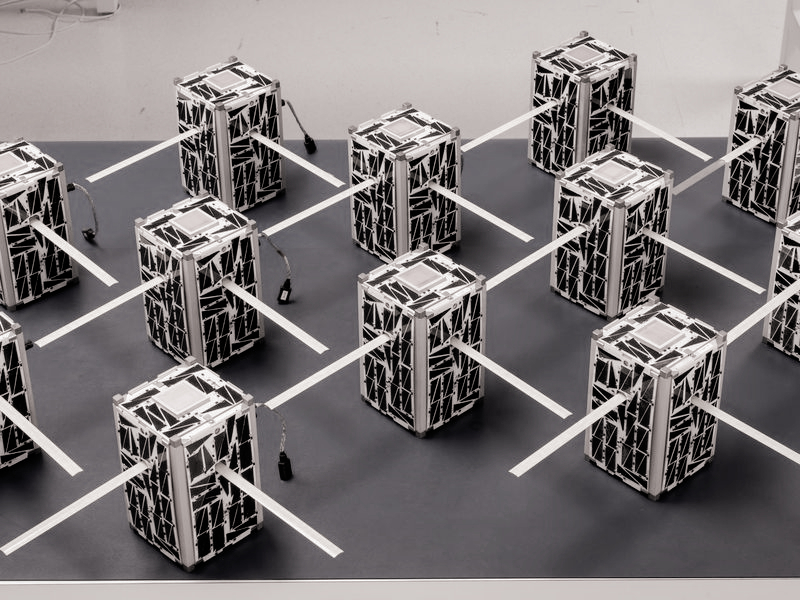
Urbit is the world's first solid-state interpreter (SSI). This concept is summarized in the white paper as follows:
Imagine it as a chip. Plug this chip into power and network; packets go in and out, sometimes changing its state. The chip never loses data and has no concept of a reboot; every packet is an ACID transaction.
Also,
Briefly, an SSI is an interpreter which is also a database. In more depth, an SSI combines three properties: uniform persistence, source independent packet networking, and high-level determinism.
We do not wish to segue into a lengthy examination of what this really means— that's what the white paper is for—but we will attempt to explain why these properties are of great benefit in an industrial IoT context such as agriculture. We'd also like to predict that Urbit will not be the only SSI. Other sorts of SSI's specialized to various tasks may one day roam the planet, and these may be better suited for particular IoT tasks than Arvo. However, this article will be couched in terms of SSIs communicating with an Ames-like networking protocol and Urbit ID-style cryptographic identity, rather than Urbit in particular.
For a SSI, losing power is less of a catastrophic event than it is for ordinary computers with volatile memory. Knowing that you can never lose any state is a powerful guarantee on the integrity of your data. Loss of power will always mean loss of any data potentially collected while power is down, regardless of the device you use, but with a SSI you at least have assurance that you will never lose data that was collected before it could be transferred from the cache to the disk. Of course, this is actually the sort of guarantee that ACID transactions have—it is just that this set of guarantees emerges naturally as a consequence when you have a SSI. Put another way, every SSI is a database; having every device be a database is a major boon in situations where enormous quantities of data are being collected across a distributed network. The standard today is that data is only collected at hubs, and any data that doesn't reach a hub is irretrievably lost.
SSIs are also deterministic at a high level. While all computers are deterministic at the CPU level, interruptions to power can result in an undefined semantic state and result in the random erasure of half of its brain. This determinism is what begets ease of maintainability of Urbit—problems generally only need to be solved once by experts and the solution propagates to the rest of the network via OTA updates. We addressed this maintenance issue previously—we only remark now that this property is derived from being a SSI, rather than something particular only to Arvo or Urbit. When one has hundreds or thousands of devices to manage, the guarantees on ease of maintenance provided by determinism are extraordinarily convenient.
Packet routing on SSI networks is source-independent, and in the context of an Ames-like networking protocol, are always delivered exactly once and in a precise order due to the fact that nodes on an Ames network are in a permanent session. Source-independent means that the identity that originated a packet does not need to be the one to deliver it—packets are facts, and the truth of a fact does not depend on who you heard it from. This means that it is possible, for instance, to send instructions to a moon before it even exists and be guaranteed that that moon will receive them and perform the tasks given, even if the device that originally sent the packets no longer exists. As long as somebody has kept the packets on hand, they will eventually be delivered. So, one could imagine transmitting directions to a crop harvesting robot into which a moon will be installed before the robot has even been purchased, know that once it is delivered it will automatically begin its task, and know that those tasks will be completed in the correct order, without any accidental repeats. Taken to the limit, one can imagine preplanning the automated tasks for an entire farm before a single device is purchased, with powerful guarantees on the integrity of those instructions no matter how much time elapses between sending and receiving.
P2P data markets
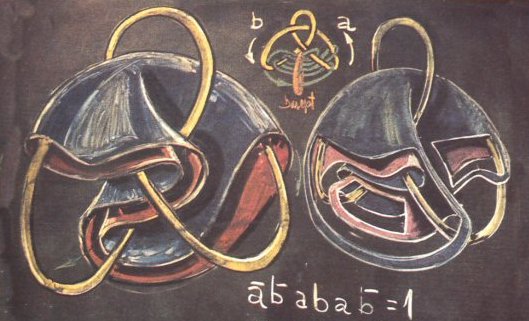
As was mentioned above, today's IoT devices ferry all sorts of your personal data to megacorp, where they package it and sell it to the highest bidder. Though personal data in aggregate is quite valuable, the value of a single individual's data is quite low. On the other hand, industrial scale data such as that collected on digitized farms could be quite valuable. Here we briefly examine how Urbit can be utilized to populate and facilitate a market for data.
All data collected by your moons may be digitally signed by that moon, certifying the exact origin of that data. This is one advantage of having cryptographic identity baked into the core of the operating system and networking protocol. One could imagine collecting large amounts of such data and packaging it for exchange with other local and regional farmers. This can, of course, already be done in principle with current systems. But current systems do not automatically come equipped with the sort of provenance, immutability, and reputation that comes for free when you make use of SSI networks. Manipulated or faked data becomes easier to spot, and you'll know who it came from, so supplying such data puts one's reputation at stake.
One major issue facing conjoining data gathered from disparate sources is simply how to do it. Data arriving in random order, from different software versions, running different hardware, is all very difficult to bundle into a good dataset - and indeed wrangling this sort of task forms a large part of the data scientist profession. As devices in SSI networks utilizing an Ames-like protocol are engaged in permanent sessions, leading to properties such as exactly-once delivery and well-ordered message sequences, issues about the order in which data arrives are dramatically simplified. I do not wish to get mathematical here, but I personally have confidence that the emerging discipline of categorical informatics, as well as the relevance of low-dimensional topology to data fusion, resolves many of these issues. I promise to explain this in more detail in the future. For now, it suffices to say that SSI networks seem well-positioned to utilize these techniques.
Cryptographic techniques such as (composable) zero-knowledge proofs, secure multi-party computation, ring signatures, and even homomorphic encryption offer a variety of ways in which data may be shared in an IoT context with mathematical guarantees on what sort of privacy is maintained. This is perhaps less relevant in the context of agricultural IoT, where personal private data is largely absent, but we mention them here to invite further speculation from the reader about the possibilities of IoT and SSI networks.
We end our discussion with an adaptation of a scenario borrowed from my brief time working on Ceptr that begins to show how a lunar IoT-connected world evokes properties of a hypothetical "global nervous system". This example is purposefully mundane to illustrate how deficient our Earth systems are, and while it is possible to accomplish in theory, it is impractical on a wide scale due to the numerous problems with IoT. Imagine that you suffer headaches from low atmospheric pressure. You'd like to know when a low-pressure front is an hour away from you so that you can pre-emptively take aspirin to prevent the headache. Your personal digital assistant, running on Urbit, can then periodically query the moons of sensors in your region for weather data to predict whether or not you will soon be passing through a low pressure front. This could be a free service or paid for automatically with cryptocurrency microtransactions. On Mars, this task will be trivial, and is merely a stone's throw away from a vast and undiscovered universe of other possibilities unlocked by SSI networks.
Footnotes
-
Of course, all moon names have four words, not three. What the fourth word needs to be for only three words to display is a matter of Urbit lore that is more fun to discover yourself than have it told to you, so we won't spoil it here. ↩